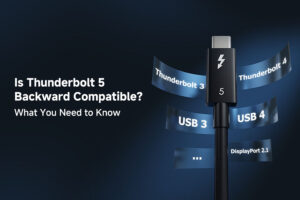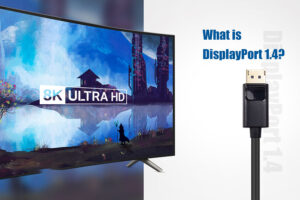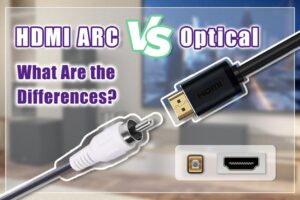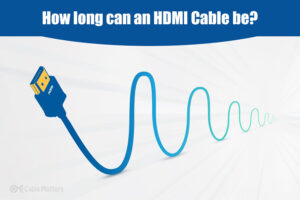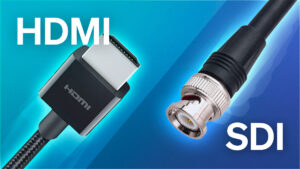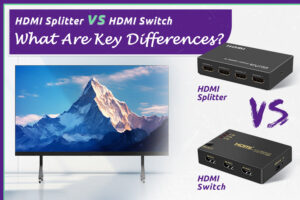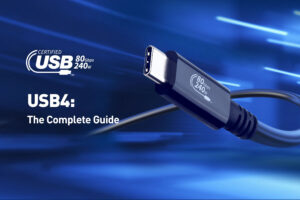
USB4 : le guide complet [2025]
Introduction L'USB4 est la dernière itération de la norme Universal Serial Bus (USB), qui apporte des améliorations significatives en termes de vitesse de transfert de données, de compatibilité et de fonctionnalité. Dans ce guide, nous allons explorer les principales caractéristiques de l'USB4, sa comparaison avec les normes précédentes et ses applications dans divers appareils. Caractéristiques principales de l'USB4 1. Vitesses de transfert de données élevées L'USB4 prend en charge des vitesses de transfert de données allant jusqu'à 40 Gbps, ce qui représente une amélioration significative par rapport aux normes USB précédentes. Cette vitesse élevée permet un transfert de données plus rapide pour des applications telles que les dispositifs de stockage externes, les écrans à haute résolution et l'informatique à haute performance. Norme Taux de transfert de données maximum USB 2.0 480 Mbps USB 3.0 5

